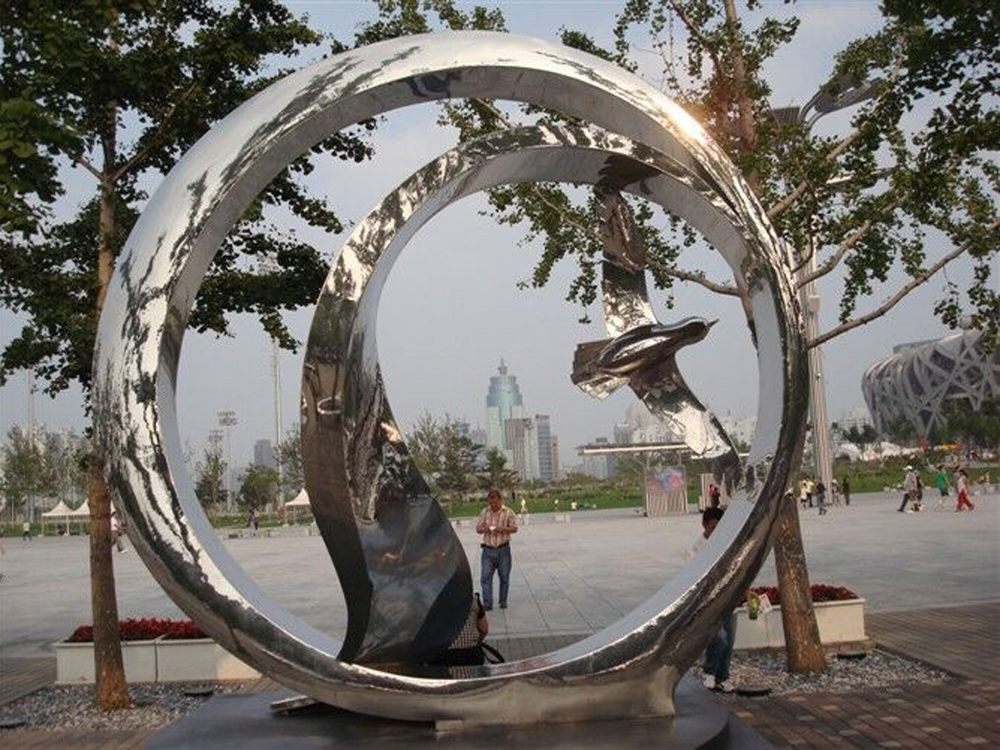
Bronze sculptures have long captivated audiences by stirring deep emotions and psychological reactions. Artists achieve this through a combination of technical mastery, symbolic storytelling, and intentional design.
The process begins with conceptualization, where artists infuse their work with personal or universal themes—love, grief, resilience—that resonate emotionally. The choice of bronze, a durable yet malleable medium, allows for intricate details that enhance realism or abstraction, both powerful in evoking feelings.
Techniques like texture variation—smooth surfaces for calmness, rough textures for tension—play a crucial role. Body language and facial expressions are meticulously crafted; a slumped posture may convey despair, while an outstretched arm can suggest hope. Scale also matters: larger-than-life sculptures overwhelm, while intimate pieces draw viewers inward.
Patina finishes add another layer, with warm hues evoking nostalgia and cooler tones creating detachment. Finally, the interplay of light and shadow on bronze surfaces amplifies emotional depth, making each sculpture a dynamic conversation between artist and observer.
By blending materiality, form, and narrative, bronze sculptors transform metal into a mirror of the human experience.

